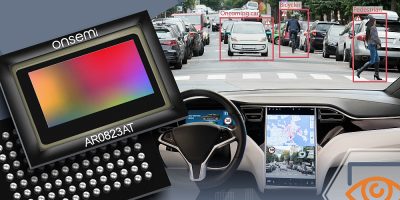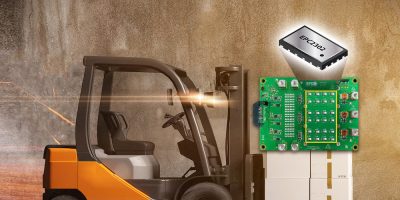STMicroelectronics has introduced its second generation of industry 4.0-ready edge AI powered microprocessors, the STM32MP2 series of 64-bit microprocessors. They are supplied with SESIP Level 3 certification, industrial-application-ready interfaces and dedicated edge AI acceleration.
The second generation of STM32 microprocessors are based on a new architecture built upon the same ecosystem and raising performance and security for applications at the industrial and IoT edge.
They also integrate advanced security features in hardware ensuring SESIP Level 3 certification with Arm’s TrustZone architecture and resource isolation framework (RIF). There is also secure key storage, secure boot, device ID in one-time programmable (OTP) memory, hardware cryptographic engines, and on-the-fly DDR encryption / decryption.
The 64-bit microprocessors are suitable for emerging opportunities in secure Industry 4.0, IoT, and rich user-interface applications, said the company.
The first product in this new generation, the STM32MP25, is available with single or dual 64-bit Arm Cortex-A35 cores running at 1.5GHz, complemented with a 400MHz Cortex-M33 embedded core for real-time processing. A dedicated neural processing unit adds up to 1.35TOPS (tera-operations per second) computing performance optimised for edge AI acceleration in applications such as advanced machine vision and predictive maintenance, said ST. There is also support for 32-bit DDR4 and LPDDR4 memories.
The processors also feature Gigabit time sensitive networking (TSN) support and a two-port Gigabit Ethernet TSN switch, with PCIe, USB 3.0 and CAN-FD peripherals for connectivity required for real-time industrial applications, data concentrators and gateways, and communication equipment. According to ST, the combined processing and networking capabilities enhance detection and feature recognition for security applications and industrial automation. For example, said ST, the processor can acquire video from a 5Mpixel sensor at 30 frames per second (fps), perform analytics with the edge AI accelerator, and send relevant video (encoding with an HW encoder) with detection metadata leveraging Gigabit Ethernet TSN, all in real-time streaming mode.
A 3D graphics processing unit (GPU) with 1080p resolution for graphics and video capabilities permits rich user interfaces, with support including Vulkan real-time graphics for Android applications. A1080p encoder/decoder and multiple display connections including LVDS, four-lane MIPI DSI and a MIPI CSI-2 camera interface are included to simplify connecting displays and digital cameras including raw-Bayer image sensors.
The STM32 microprocessors are specified over the extended temperature range from -40 to +125 degrees C, easing thermal management and enhancing reliability in industrial environments, said ST. The STM32MP2-series microprocessors are supplied with ST’s 10-year longevity commitment.
Package options include a 0.8mm-pitch chip-scale package (TFBGA). This helps ease PCB design routing, said ST, and allows economical designs down to four layers avoiding costly laser vias.
The STM32MPU ecosystem contains the OpenSTLinux distribution that includes the complete AI framework (X-Linux-AI), as well as the STM32Cube development tools. The STM32Cube firmware will run bare metal or RTOS on the Cortex-M33 embedded core.
ST is now delivering samples of STM32MP25 devices along with evaluation boards to select OEM customers. Volume production of chips and boards is scheduled to begin in the first half of 2024.







